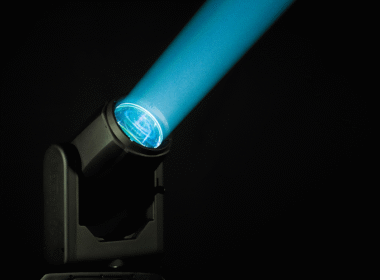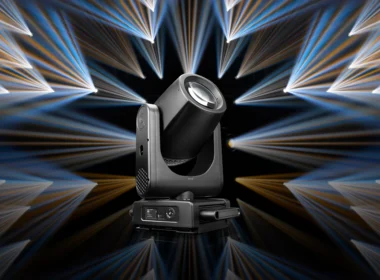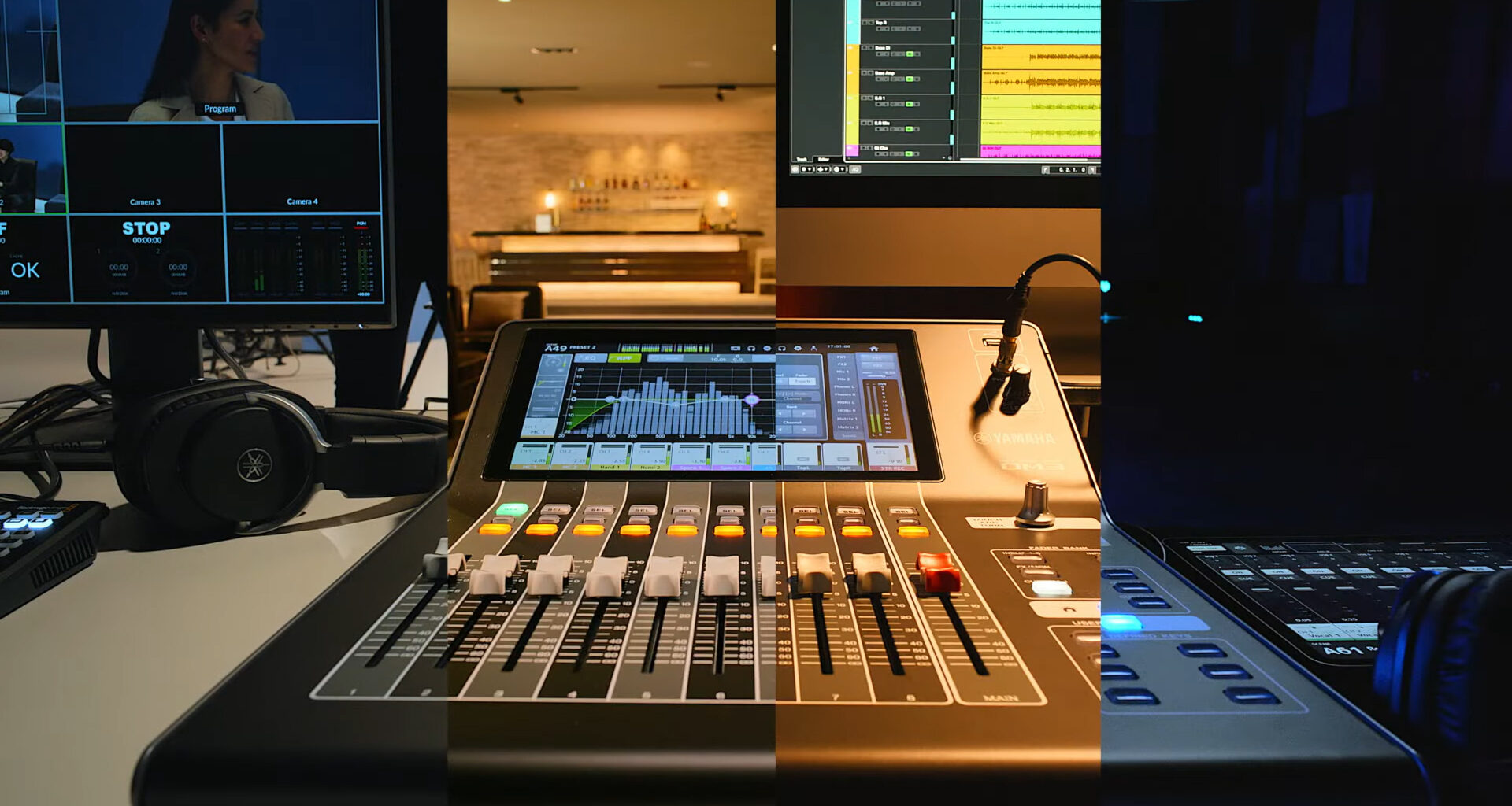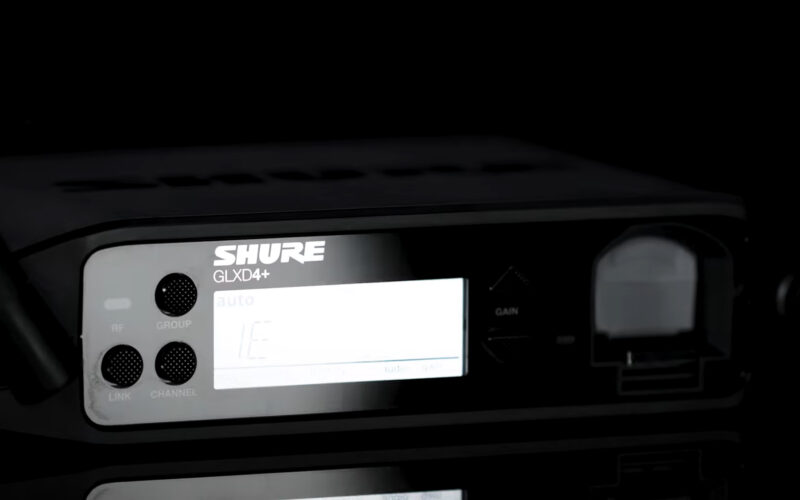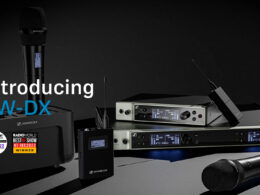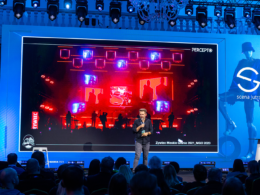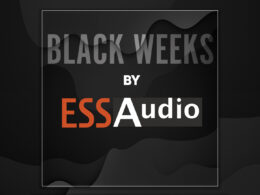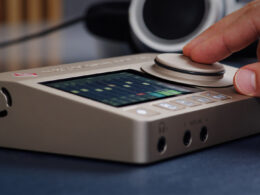It's a strange thing with the Japanese giant. When I hear Yamaha I feel like riding a motorcycle or turning a concert.
Yamaha Pro Audio is a pioneer of digital technology in the world of Audio mixers from the DMP7 through the 03D, DM1000, the iconic 01V96, the indestructible LS9 and M7CL (the queen of monitor consoles for really a dozen years), the rider-oriented PM1 and PM5 to the modern CL and QL series, which brought the Dante protocol to the stage, ending with the Rivage series (vying for the crown of the premium segment).
External interface.
However, as is the case in the world of pro audio, sometimes you need to create something small for many in order to fund those fatter projects. This is how the DM Series came to light, specifically the DM3 and DM3S models. At first glance, the Midas M32R or the A&H SQ-5 console come to mind, but the DM Series is still a console from a slightly lower segment (such as the A&H QU).
The design of the device has been simplified to a minimum. From the controllers, we have available a 9-inch multitouch screen, 8 faders 100m + master, one touch & turn knob, plus layer buttons (including two configurable ones) a home button and 6 user-definable buttons (as is common in Yamaha, e.g. for sending or for there tempo). In addition, classically above the faders you will find ON, Cue and Select buttons.
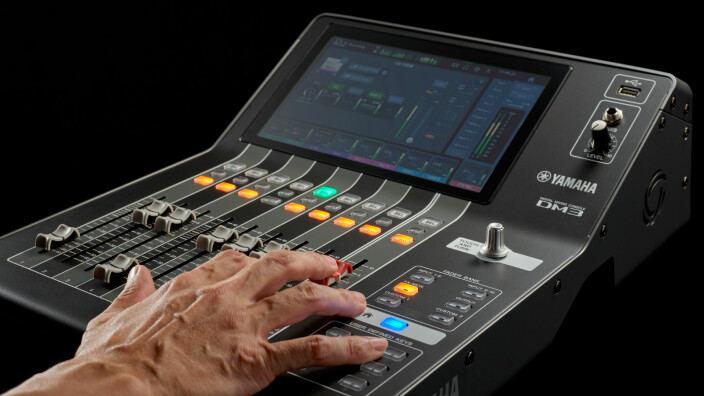
The very topology of the console's physical interface as well as the on-screen virtual interface is typically Yamaha, so regular users of the CL and QL consoles will feel like fish in water. The manufacturer has moved the small displays above the faders and placed them as additional views on the central screen.
Technical capabilities
I will briefly mention the IN/OUT configuration, which I will immediately explain why I placed the console in the low end. The user has at his disposal only 16 mono channels, 1 stereo and 2 stereo FXs (Yamaho! Don't write about 22 inputs because that's stretching the rubber of your pants), from the buses we have a stereo bus, 6 mixes (no info if they are switchable mono/stereo), 2 FX buses and 2 matrices (here a nice addition - we can mix inputs to matrices!). On the back of the console we have 16 inputs and 8 outputs based on XLR connectors (4 inputs have combo connectors).
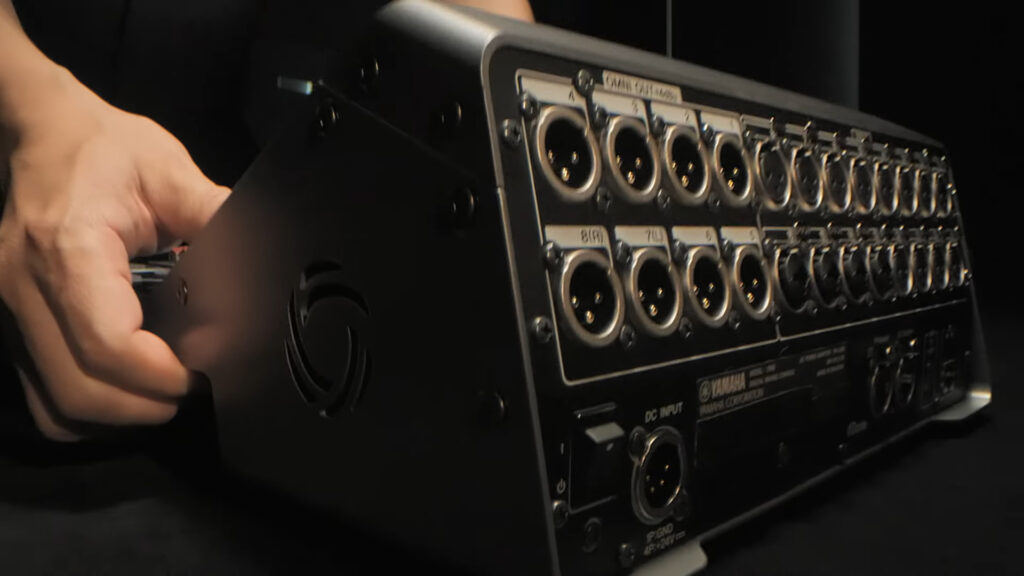
As you can see, there is not much of this, but also the purpose of the console is not to mix orchestras. Which is clearly shown by the manufacturer loading it with a heap of input and output presets with settings for beginners.
What's important and nice on Yamaha's part, however, is that both versions of the console have a USB host allowing 18in/18out transfers, and we get VST Rack Elements software with 6 plug-ins on board. This allows you to build a virtual effects rack (unfortunately, in the case of DM3, only send/return effects). It's a nice addition to such a tiny console (however, this begs the question why it wasn't available for the CL and QL consoles?), plus we already have 96khz processing so very timely.
Differences DM3, and DM3 standard
Finally, an important difference between the DM3 and DM3 Standard versions of the consoles. DM3 version has an additional Dante interface, unfortunately very limited, because only 16in/16out. It allows connection of other devices, including a computer with DVS or Tio stagebox.
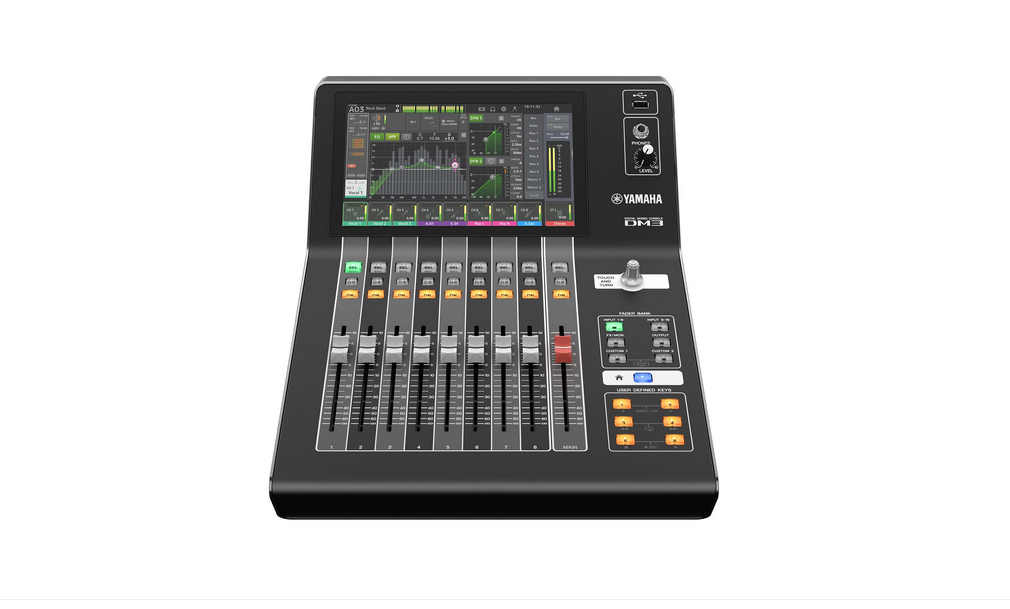
The console will definitely find its place in the market although, I don't know if the version without Dante will gain any meaningful popularity since you can't even hook up an external stagebox to it?
Instead, the DM3 can accurately strike a chord in the hearts of those who handle small streaming, small camera recordings with talking heads, for a micro band like a trio or for a wedding band, where ease of use and size are more important than flaunted capabilities to soothe the mixer's ego. On top of that, Yamaha, as usual, shows that it knows how to get into control software, so tablet users will be more than satisfied and the lazy, will drop the monitor mixing to their musicians using the MonitorMIx app.
More information classically on the manufacturer's website.
Manufacturer: Yamaha Commercial AudioDistributor: Applause Audio,Audio Plus Sp z o.o.




